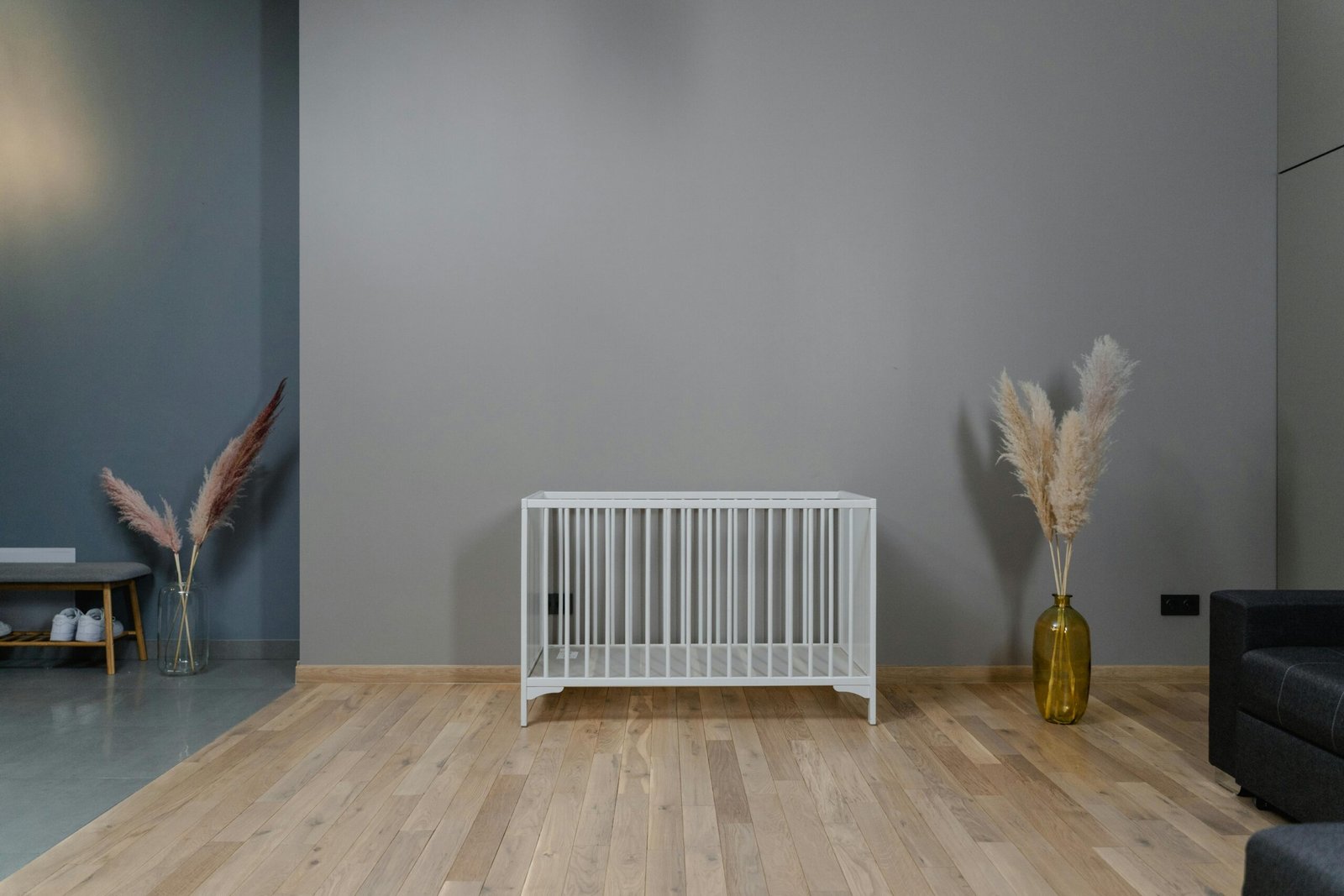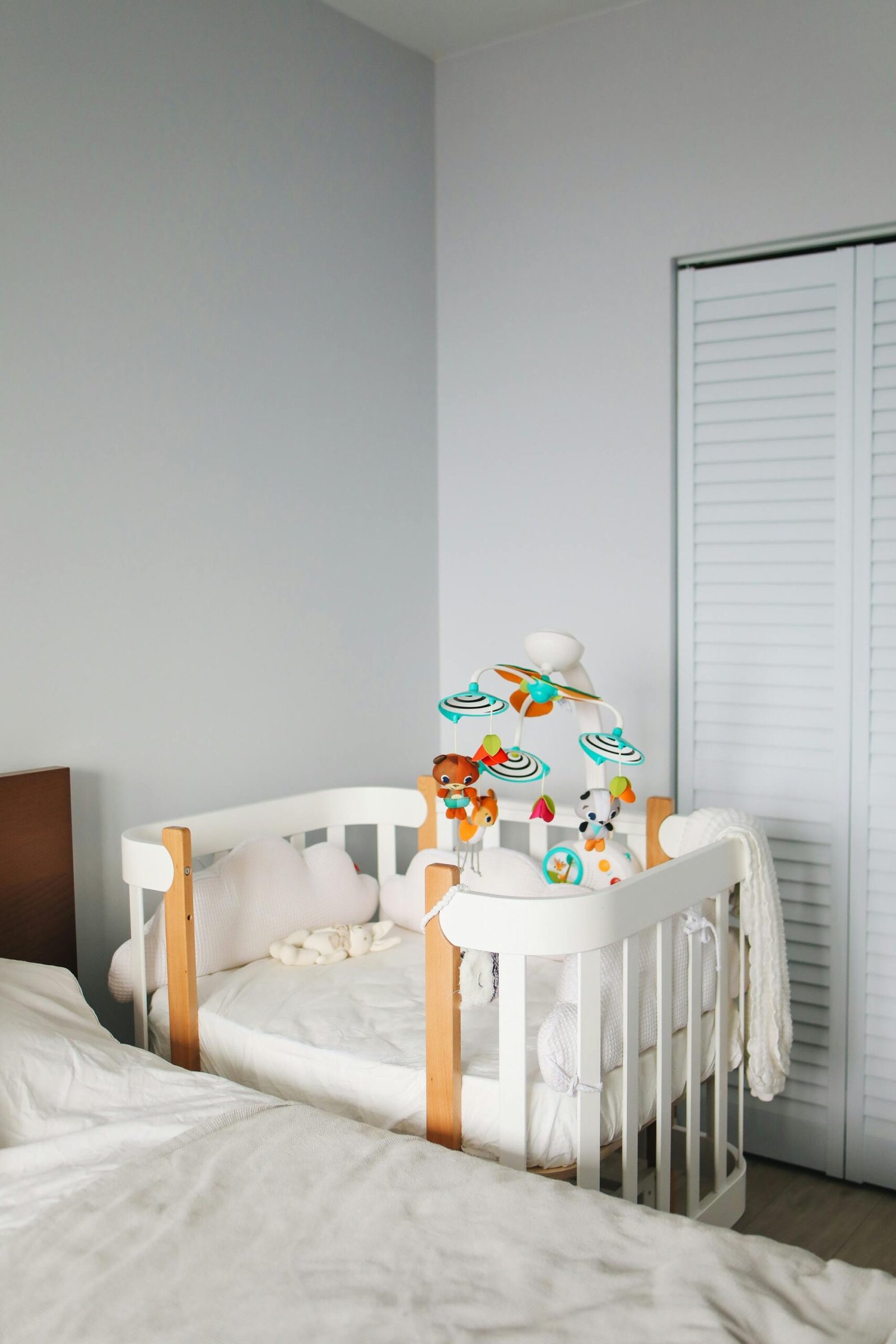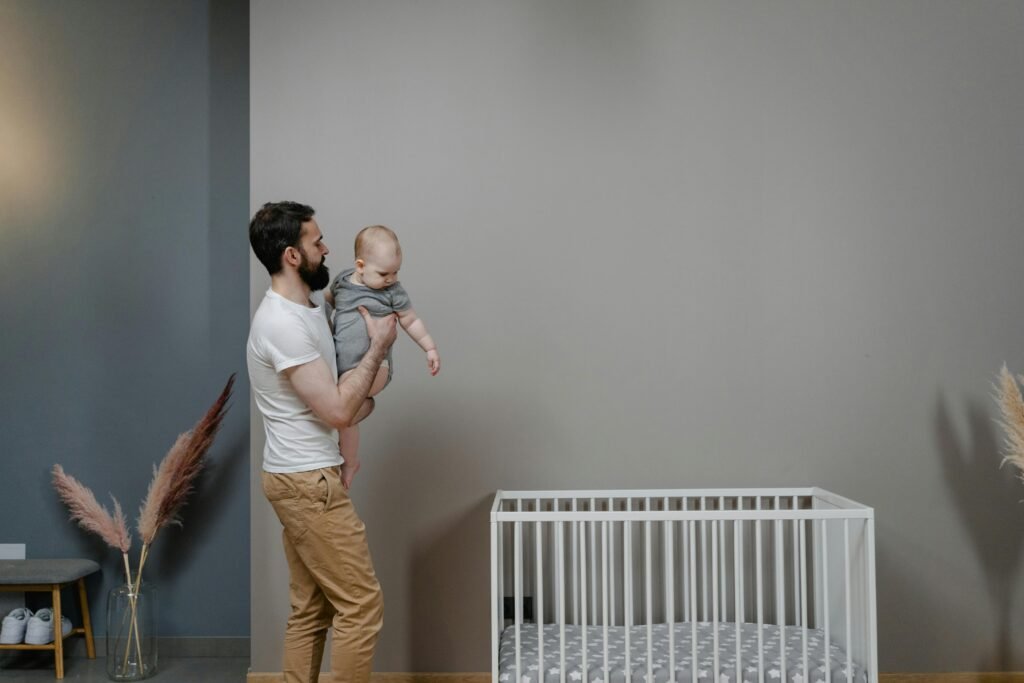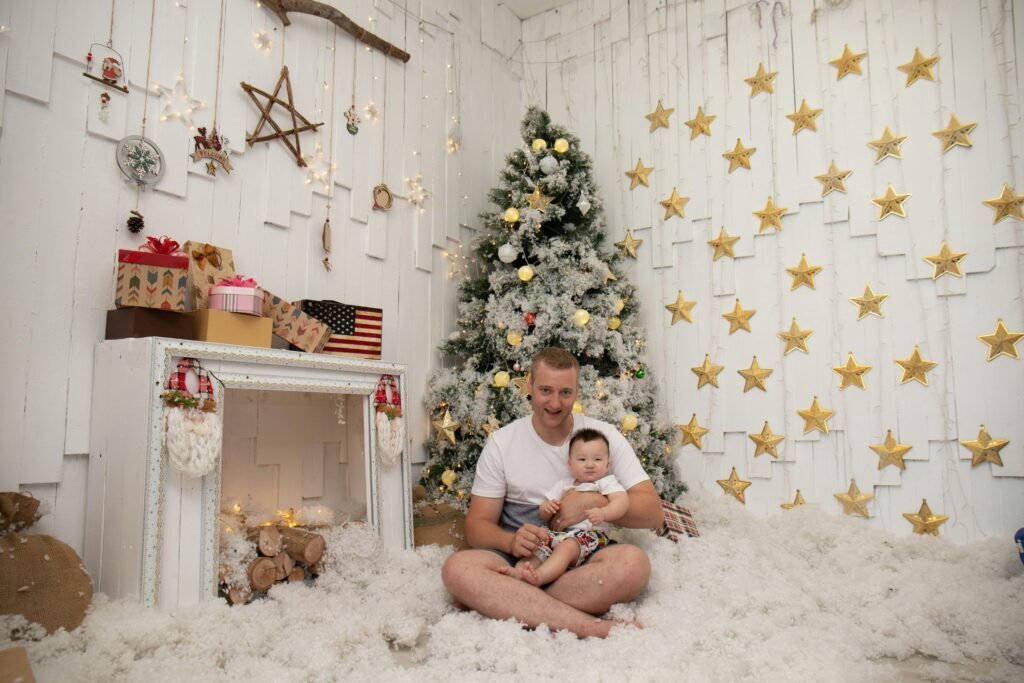Welcoming a baby into your life is one of the most exciting moments, but it also comes with a heap of responsibilities—especially when it comes to their safety. If you’re living in an apartment, baby proofing might feel like an overwhelming task at first. Smaller spaces and unique layouts can present some challenges.
Good news? With some thoughtful planning, you can create a safe, baby-friendly environment, no matter the square footage. This guide breaks down everything you need to know, from identifying risks to equipping your home with must-have baby proofing solutions. Bonus? We’ll share expert tips and personal anecdotes along the way.
Understanding the Risks
Common Hazards in Apartments
Babies are naturally curious, and just about anything in your home could pique their interest—from electrical outlets to dangling cords. Some of the top risks include:
- Sharp furniture edges that are perfect for bumping into.
- Ungated stairs or balconies that can tempt adventurous crawlers.
- Power outlets and cords that little hands seem drawn to like magnets.
- Small objects that can become choking hazards.
- Unsecured furniture that might tip over as soon as your baby begins climbing.

Why Early Baby Proofing Matters
Babies grow fast. One day they’re content lying on the playmat; the next, they’re crawling at breakneck speed toward potential hazards. Waiting too long to baby proof can leave you unprepared when your little one suddenly starts exploring. That’s why experts like Sarah Smith, child safety consultant, remind us, “The first step in childproofing is to see things from a child’s perspective. This is especially important in apartment living where space can be limited.”
Step-by-Step Guide to Baby Proofing
Overview of Hazards
Start by getting down on your hands and knees to view your apartment from a baby’s perspective. What looks harmless from your vantage point could be a magnet for curious little hands. Here’s how to tackle common trouble spots in each room.
Living Room Baby Proofing
- Use corner protectors on sharp-edged coffee tables and entertainment centers.
- Anchor TVs and furniture like bookshelves to the wall so they don’t tip over.
- Tuck away all loose cords and use cord organizers or covers.
- Place small, hazardous items like candles, remotes, or decor pieces out of reach.
Kitchen Baby Proofing
- Install childproof locks on cabinets, drawers, and the fridge.
- Use a stove guard to prevent little hands from reaching hot burners.
- Store knives, cleaning supplies, and heavy items up high.
- Cover sharp corners on countertops if they’re within baby eye level.
Bathroom Baby Proofing
- Store medications and cleaning products in locked cabinets.
- Use toilet locks to prevent accidents or your baby attempting a water splash session.
- Place a non-slip mat in the tub and never leave your baby unattended during bath time.
Bedroom Baby Proofing
- Anchor all furniture to the walls, including dressers, cribs, and shelves.
- Keep cords from blinds tied up and out of reach. Cord winders can be a lifesaver here.
- Avoid soft bedding or pillows in the crib to reduce the risk of suffocation.
Essential Baby Proofing Products
Must-Have Items
- Cabinet Locks and Drawer Guards – Prevent access to unsafe spaces in your kitchen and bathroom.
- Outlet Covers – Block little fingers from exploring electrical outlets.
- Baby Gates – Perfect for blocking off staircases or restricting access to certain rooms.
- Corner Guards – Protect those chubby cheeks from pointy furniture edges.
Most of these items can be found online through major retailers like Amazon or local stores like Target. For creative, at-home solutions, consider making DIY foam protectors for edges or repurposing pool noodles to cover sharp corners.

Advanced Baby Proofing Techniques for Apartments
Securing Furniture and TVs
Alex Johnson, a home safety expert, emphasizes, “Furniture and electronics are common sources of accidents. Securing them is key to baby proofing in small living spaces.” Use wall anchors and anti-tip straps to keep everything stable.
Installing Baby Gates in Non-Standard Spaces
Apartment layouts often come with unique challenges like wider-than-standard doorways or small balconies. Luckily, pressure-mounted baby gates are versatile options for tight spaces and don’t require drilling, which is a plus for renters.
Creating a Safe Play Space
Organize and Declutter
Clear out unnecessary furniture or items to create a designated baby-friendly play area. Organizing toys into bins and minimizing clutter makes it safer for your little one to explore.
Safe Play Areas
Create cushioned spaces with soft rugs and a play mat. Surround the area with safety gates if needed. This will give your child the freedom to move around while letting you breathe a little easier.
Involving the Family
Educating Family Members and Caregivers
Everyone in your household or visiting caregivers must be on the same page about baby proofing rules. Michael Brown, a parenting and safety educator, advises, “Regular safety checks are key to maintaining a safe environment for your child. Make it a routine to ensure your home remains baby-proof.”
Sharing the Responsibility
Baby proofing isn’t a one-time task—it’s ongoing! Assign tasks to family members, like testing outlet covers or keeping doors and drawers locked.
From Chaos to Calm – Take Action Today
Baby proofing your apartment might feel like just another thing to add to your overwhelming parenting to-do list, but it’s well worth the effort. By taking it step by step, you’ll create an apartment that’s safe, secure, and ready for your baby to explore.
Already completed baby proofing? Share your own tips and tricks in the comments! And if you’re just starting this process, download our free baby- proofing checklist to stay organized. Safe, happy living starts here.



